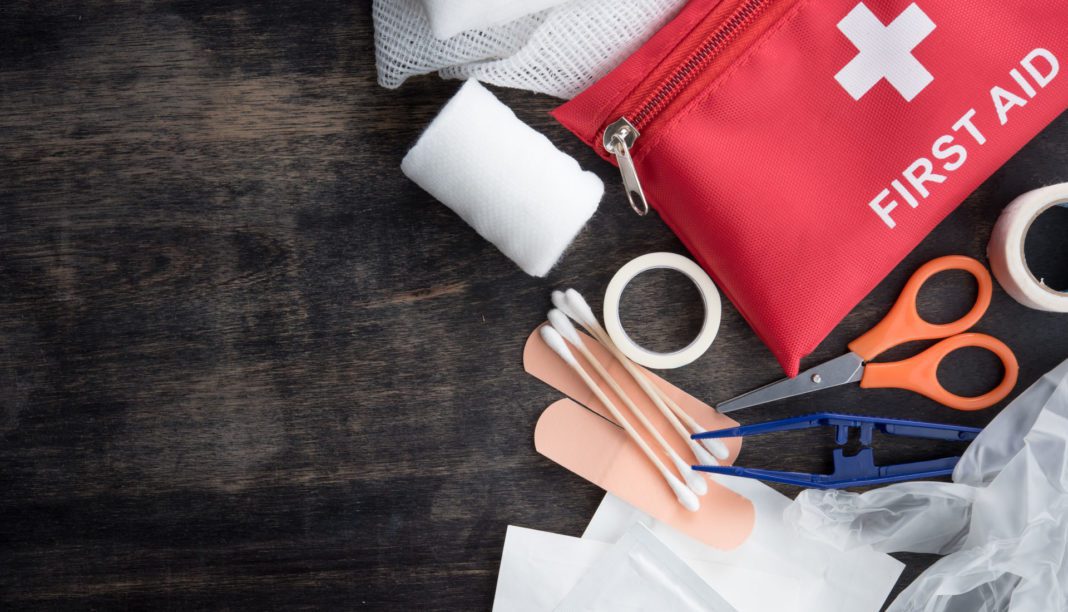“The best way to be prepared for a medical emergency is to have the basic training,” explains Kali DeYager, an instructor at Heartland CPR in Oklahoma City. “We highly recommend that everyone know CPR. In fact, we are so passionate about this that we offer a free first aid and CPR course every quarter.”
Heartland CPR offers classes for lay rescuers called “Heartsaver.” This course teaches first aid basics, along with hands-on training for CPR and the use of an automated external defibrillator (AED).
According to DeYager, first aid kits are divided into two categories: Class A and Class B.
“The Class A first aid kits are the most basic and are appropriate for use at home or in a small office environment,” she says. “Class B first aid kits are made for a more high-risk work environment. They include everything that the Class A kits have to offer but in a higher volume. They also come with some extras including roller bandages, splints and tourniquets.”
Injuries and heart problems are two common types of emergencies. But what if you’re eating at home or in a restaurant and someone starts to choke?
“Knowing how to deal with a choking emergency could be the difference between life and death,” says DeYager. “We absolutely recommend that everyone know how to perform abdominal thrusts, formerly referred to as the Heimlich maneuver. This technique is also taught in our free course, as well as the Heartsaver courses and more advanced classes for medical personnel.”
Here’s a tip from DeYager if you suspect someone is having a heart attack: Always call 911 first, then give the victim a dose of aspirin to chew up (so long as there is no known allergy to aspirin). Aspirin can thin the blood and possibly reduce the risk of a heart attack turning into a sudden cardiac arrest.
DeYager also mentions that seizures can vary widely in their severity.
“A key first aid measure for someone experiencing a seizure is to protect the victim from further injury,” she says. “It’s best to move furniture or other objects out of their way. Put something soft underneath the victim’s head, if at all possible, and never hold the victim down or put anything inside of their mouth. If fluids are coming out of their mouth, ensure they are on their side.”
DeYager says most seizures only last a few minutes. Once it’s over, be sure the victim is breathing and responsive.
Signs of a stroke: FAST
F: Face drooping – Is one side of the face numb or drooping?
A: Arm Weakness – Does one arm seem weak or feel numb?
S: Speech – Is speech slurred?
T: Time – Phone 911 and note the time of the onset of symptoms.
The Ideal First-Aid Kit:
– Gloves
– Scissors
– Band-Aids
– Sterile pads
– Antibiotic ointment
– Cold packs
– Treatments for burns
– Barrier for rescue breaths

























